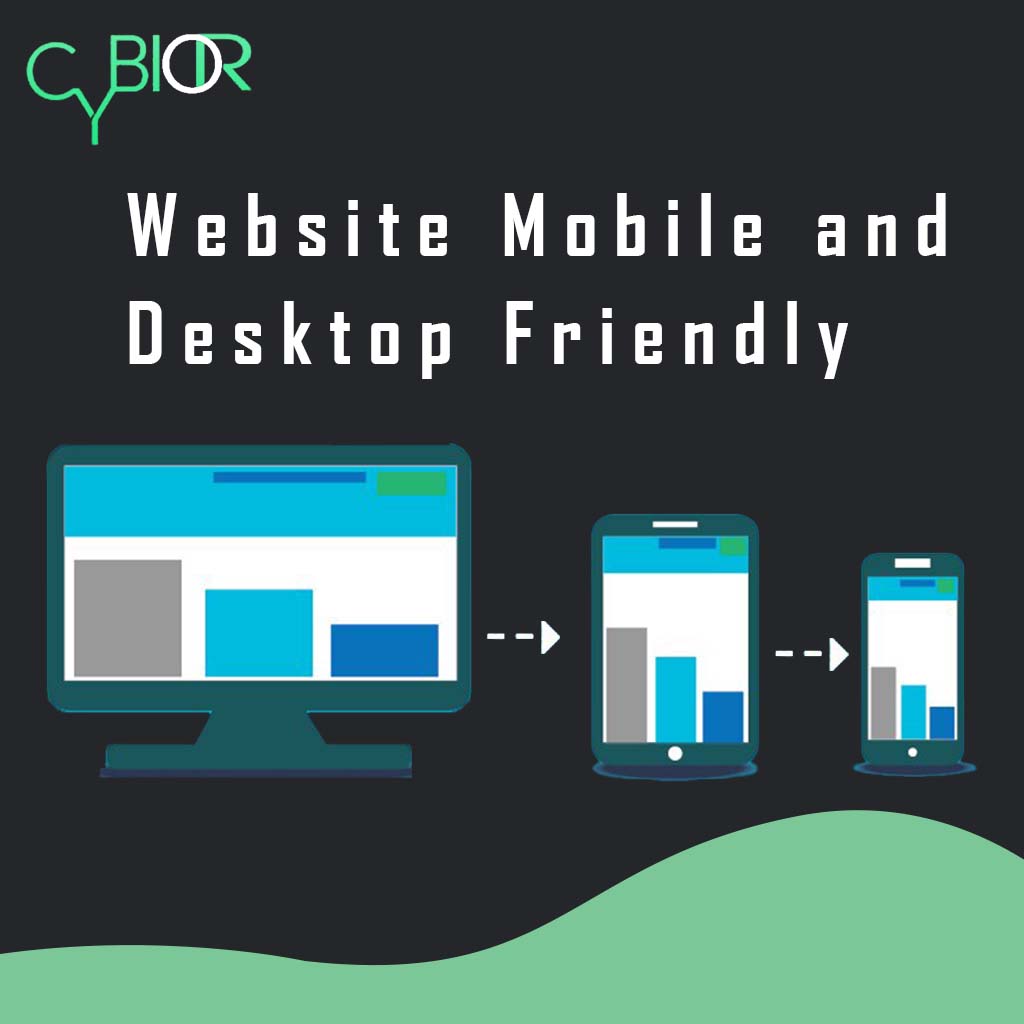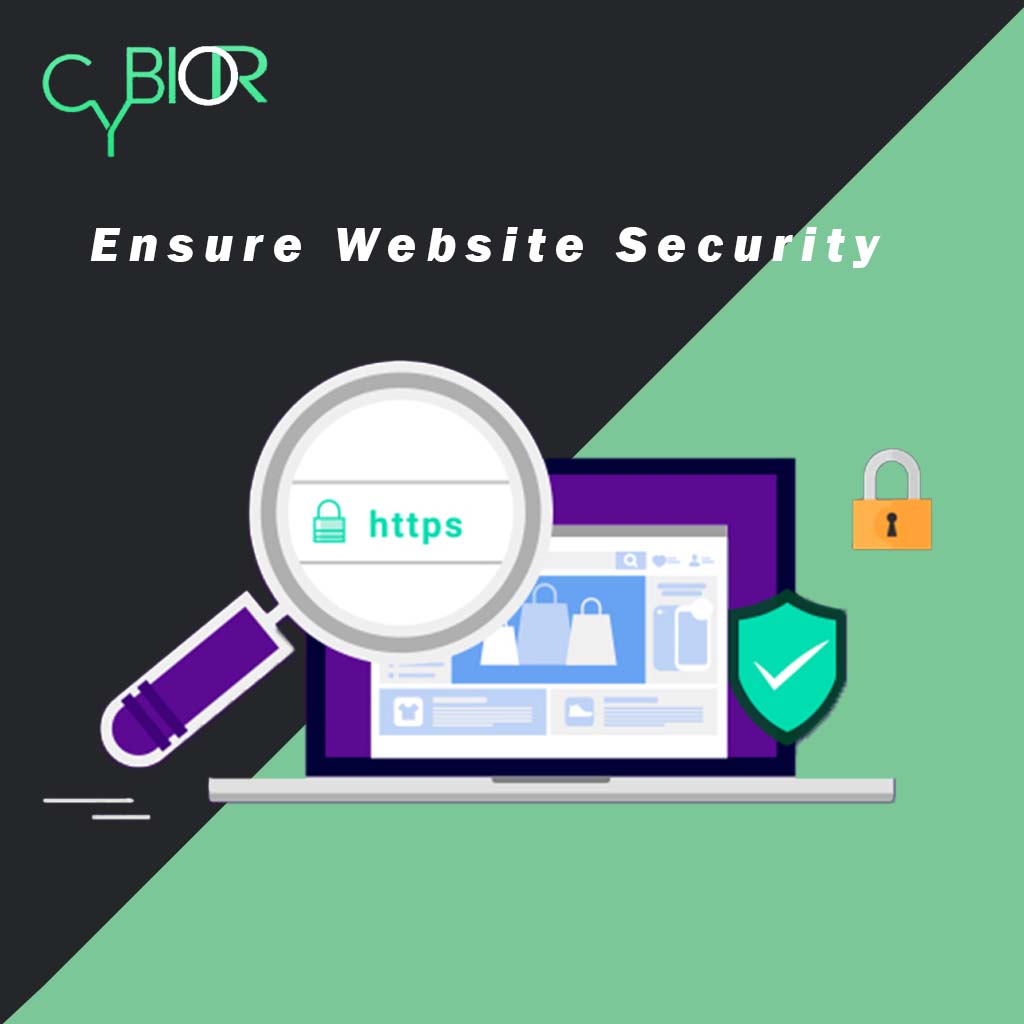
WordPress is a user-friendly Content Management System (CMS) for bloggers and small businesses. You can create your website without coding knowledge in just a few hours. One core benefit of having a WordPress website is that it offers thousands of themes and plugins. In just a few years, WordPress has gained tremendous popularity. Around 40% of the websites around the internet are based on WordPress.
WordPress dashboard has a simple interface that will ease you in creating web pages, customizing designs, and adding content that entertains, educates, and entices your viewers. No matter how simple the interface is, it can still be terrifying for beginner-level developers. To ease the problem of developers and website owners, below are a few tips and techniques that can help them boost their websites’ performance.
Ensure Website Security

Cyberattacks are severe threats to all websites nowadays. Preventive measures should be adopted to ensure your website is protected from attacks. A practical method to avoid threats is choosing a username and password that is uncommon and hard to crack. Common username such as “Admin” is not difficult to guess.
Additional security plugins can be installed to enhance the safety of your WordPress website. Some popular security plugins include Bulletproof security, Sucuri, and WPScan. These security plugins can make your website safe and secure by keeping track of fake logins, blocklisting, user activity, spam comments, and blocking cyber attackers to protect your data.
Never Compromise on User Experience

One of the significant purposes of creating a website is to get maximum visitors. Always keep the user experience at focus when working on the website development. Take the necessary steps to ensure your offering fits your users’ needs. If you want to take your viewers to their desired sections, ensure there is no obstacle. A website should be focused and can navigate the user to the information they seek.
To get concise information about users’ needs, you can always ask them. User research and information are vital parts of any development project. Inviting a random novice user from your target audience to test your website is beneficial. It can help you take the necessary steps for a better user experience. Hire best developers for website development projects, as they can help you create a website with a better user experience.
Always Use Test Environment for Website Updates
Website updates are necessary for efficient working, but avoid changing your live website. The risk of website crashes is relatively high when applying changes on your live website. If your website is linked to your business, downtime can cause sales loss.
To overcome the risk of a website crash, you can use a test environment for applying changes to your WordPress site. For applying changes or quick website fixes, a staging website is perfect for the task. Follow these simple steps to make and apply changes to your live website without risking it crashing.
- Use Web Host Stagging Tools
- Test Changes in WordPress with a Stagging Plugin
- Manually Copy the Site to a Subdomain
- Install WordPress on your Computer and Test There
- Create a Staging Site on a Virtual Server
- Build a WordPress Test Server with an Old Computer
Changes or quick fixes made in stagging Websites can be easily applied to live Websites after testing. Apply changes on the live website by clicking on a button. Repeat all the configuration on the live website or copy/overwrite the live site with the test site. Always ensure that both sites are exact copies of one another before proceeding. Creating a website backup is essential before applying new changes as it will keep a copy of your previous work in case of loss.
Update Themes and Plugins for Efficient Performance
An essential WordPress best practice is updating the theme and plugins of the website timely. A periodic website audit is necessary to check that the plugins and theme is working correctly and is up to date. It may feel hectic to run regular audits of all the Websites you manage, but it is crucial for the website’s security, speed, and smooth running.
Outdated versions of the plugins and themes may cause problems as they are vulnerable to the latest threats and cyberattacks. Imagine the risk of losing data or a website crash in case you have ignored the update.
Make your Website Mobile and Desktop Friendly

This practice isn’t new but still considered one of the best and most critical WordPress practices. Your website needs to be mobile-friendly and fully responsive. If you use an updated theme and plugins, there are favorable chances that your WordPress website will operate smoothly on mobile/tablet screens.
Using a custom website design, you work intentionally to make your site work properly on smaller screens. If you want to make any changes to the website, use the local environment or staging site first for testing. Otherwise, your visitors may face problems on the website while you are making updates.
Be Careful in Selecting Themes and Plugins
A robust website is based on WordPress plugins. Efficient and Effective plugins play an essential role in the performance of any website. However, ineffective plugins can threaten security or slow down the website speed. Make sure to choose authorized WordPress plugins that are frequently updated.
For optimal performance of the Website, WordPress plugins must be regularly updated. The chance of compatibility issues of WordPress with the plugins is less when both are regularly updated. Conduct a frequent audit of all plugins you use to get a report on their performance and ensure that you are using the latest version.
While performing the plugins audit, uninstall those you are not using. It will reduce the chance of getting infected by the malware. Excess or older versions of plugins may reduce the site speed.
Make Sure to add SSL Certificate

A secure Socket Layer (SSL) certificate enhances the website’s credibility by making it secure and safe for the users. In early times, SSL certificates were only considered essential for specific websites, like online bank portals, eCommerce websites, or websites handling clients’ information. Nowadays, having an SSL certificate on a personal blog website is considered WordPress advice and best practice.
Websites that don’t have an SSL certificate are even marked as insecure by Google. No one wants to showcase an unsecured mark on his website. Ask your hosting provider if you don’t have an SSL certificate on your website. Most will provide an SSL certificate as a service of hosting.
Take the Client's Input in the Design and Development Process
Taking clients’ input is a WordPress best practice that can save time and energy from revisions. Just imagine you have spent hours working on a project, and at the completion stage, your client isn’t happy and asks to revise most of the completed work. This type of misunderstanding can be avoided by taking regular feedback from the client throughout the project. It will ensure that you work according to the client’s requirements. Prioritizing your client will help you satisfy them and save you from unwanted revisions.
When working with a new client, get complete information about the client’s business, what they like/dislike about competitors’ websites, and their expectations from their website. Using a client questionnaire can guide you to lead the project correctly. This way, you can avoid missing crucial client requirements even at the first stage.
During the project’s development phase, keep your client in the loop. Ask for suggestions and showcase your work at different levels to get the client’s approval. By obtaining frequent feedback from your client, you can avoid significant changes in your project and attain a satisfied client at the project completion.
Add a Navigation Menu

The navigation menu leads the site visitors to the required information. A top-level navigation bar helps visitors to find the content on the website. Adding a navigation menu on the website is a best practice as it helps organize the content. Well-organized and structured content is easy to find and an excellent way to present content on the website.
The navigation menu depends on the type or purpose of the website. The most common navigation menu includes the following:
- Home
- Services
- About Us
- Team
- News
- Contact
Whenever a visitor lands on the website, the navigation menu guides the visitor about the website layout and takes visitors to the desired page.
Keep in Touch with Your Visitors
Visitors’ feedback or suggestions plays a vital role in improvement. An effective WordPress best practice is to consider adding a contact page or contact form where visitors can contact you. Give email links, phone numbers, social media links, or contact apps to keep the visitors in the loop about where you are heading.
A blog or an article section of the Website gives information about the current situation and explains the future direction of the website. The contact form is the best place to engage the visitors by asking them to subscribe to the website or blog. In this way, visitors can get an instant update regarding the upcoming activities on the website.
Monitor Website and Performance

Website speed and performance are crucial to retaining visitors. No matter the size or design, the website should load quickly. There are fewer chances that your visitors will leave the website when the content is displayed instantly. Some of the common factors that reduce the speed of a website are:
- Third-party slow themes
- Unoptimized, High-resolution Images
- Quality and Number of Plugins Installed
- Quality and Amount of Content on a Single Page
- Device and Internet Connection Speed visiting the website
The main factors that contribute to the site speed are third-party themes and plugins. In addition, another major factor affecting the site speed is the size and number of images added on a single page. It looks attractive and amazing to share high-resolution pictures having large image sizes with visitors. It is not a good practice as it will reduce the site’s speed and performance. Always make sure to optimize images for web viewing before uploading. Optimized images and content increase the site speed and help retain visitors. Your Web development company in use can further guide you in this regard.
Use your Favorite Tools
Use your favorite tools to build a client’s website more efficiently and productively. Simplify your task by applying themes, plugins, apps, add-ons, or extensions which you have used previously. It is one of the best WordPress practices that can improve the workflow and help you complete tasks.
New projects come with new challenges and different website requirements. With the help of the basic knowledge of tools, you can simplify your work in no time. For example, consider WordPress themes. Do you have a single theme to present? Or do you have a trusted theme company? Or every new website requires time and research to find the necessary solution.
Suppose you haven’t found compatible and efficient tools, then don’t worry. Start organizing your work now and mark your favorite working tools.
WordPress themes and plugins have simplified the work of PHP-based application. For WordPress, you can hire a developer or design a website independently. By following the above WordPress best practices, you improve the overall performance of your website. Once your website is optimized according to the standards, visitors will love spending more time on your platform to fetch exciting information.
Trust Cybior to create the Best Websites
In conclusion, if you want the best WordPress website for your business or personal brand, trust Cybior. With years of experience in web development and a team of skilled professionals, Cybior has a proven track record of delivering high-quality WordPress websites that are visually stunning and functionally effective.
We understand the importance of having a website that looks great and meets your target audience’s needs. That’s why we work closely with our clients to ensure that every aspect of their websites is perfectly designed.
Whether you need a simple blog or a complex e-commerce site, we have the expertise and tools to make it happen. Our websites are aesthetically pleasing and optimized for speed, security, and search engine visibility.
So why wait? Contact Cybior today and let us help you create the best WordPress website for your business or personal brand. We guarantee that you won’t be disappointed with the results. Trust us to deliver the best!
